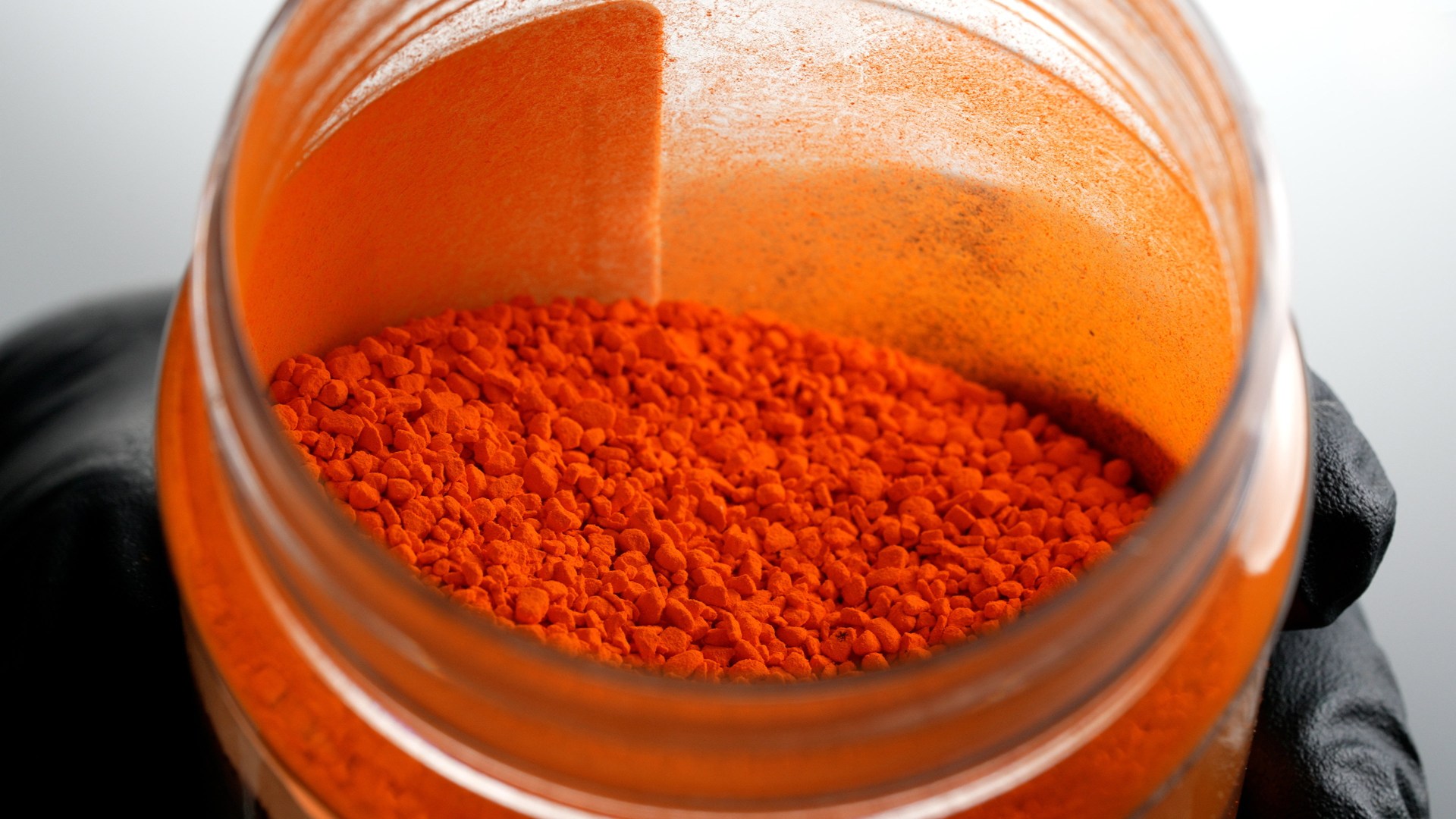AN E-number found in Doritos can turn the skin invisible, a study suggests.
Scientists mixed the chemical tartrazine, also known as FD&C Yellow 5 or E102, with water and rubbed it onto the shaved stomachs and scalps of lab mice.
7

7

7
Moments later, the skin was transparent, providing a “window” into the animal’s bodies.
“It looks like a magic trick,” study co-author Dr Zihao Ou, who conducted the research while at Stanford University and is now an assistant professor of physics at the University of Texas at Dallas, said.
Tartrazine is an ingredient in Cheese Doritos in the United States, as well as some energy drinks such as Monster Lewis Hamilton Zero Sugar, breakfast cereals including Malt O Meal Marshmallow Mateys, drinks like Beefeater Blood Orange Gin, and savoury snacks like Laila Balti Mix – all sold in the UK.
It is safe for human consumption, but has been linked to hyperactivity, according to the NHS.
Tartrazine is yet to be tested on human skin, which is 10 times thicker than that of a mouse, but the groundbreaking process, described in the journal Science, was reversible in animals.
Scientists said it allowed them to see blood vessels and organs a centimetre below the skin’s surface, but the skin returned to normal once washed.
The technique may ultimately apply to several medical uses – from locating injuries to monitoring digestive disorders and identifying cancers, they added.
Dr Guosong Hong, from Stanford University, who helped lead the work, said: “Looking forward, this technology could make veins more visible for the drawing of blood, make laser-based tattoo removal more straightforward, or assist in the early detection and treatment of cancers.
“For example, certain therapies use lasers to eliminate cancerous and precancerous cells, but are limited to areas near the skin’s surface.
“This technique may be able to improve that light penetration.”
The “revolutionary” discovery is the first time scientists have managed to see organs inside the body by rendering overlying tissues transparent to visible light.
Dr Ou said: “For those who understand the fundamental physics behind this, it makes sense.
“But if you aren’t familiar with it, it looks like a magic trick.
“It takes a few minutes for the transparency to appear.
“It’s similar to the way a facial cream or mask works: the time needed depends on how fast the molecules diffuse into the skin.
“It’s important that the dye is biocompatible – it’s safe for living organisms.
“In addition, it’s very inexpensive and efficient. We don’t need very much of it to work.”

7

7

7

7
To master the new technique, the researchers developed a way to predict how light interacts with dyed biological tissues.
The predictions required a deep understanding of light scattering, as well as the process of refraction, where light changes speed and bends as it travels from one material into another.
The team explained that scattering is the reason we cannot see through our body.
Fats, fluids within cells, proteins, and other materials each have a different refractive index – a property that dictates how significantly an incoming light wave will bend.
In most tissues, those materials are closely compacted together, so the varied refractive indices cause light to scatter as it passes through.
It is the scattering effect that our eyes interpret as opaque, coloured, biological materials.
The researchers realised that if they wanted to make biological material transparent, they had to find a way to match the different refractive indices so light could travel through unimpeded.
They noted that the dyes that are the most effective at absorbing light can also be “highly effective” at directing light uniformly through a wide range of refractive indices. This included tartrazine.
It will completely revolutionise existing optical research in biology
Dr Zihao Ou
When dissolved into water and absorbed into tissues, tartrazine molecules turned out to be perfectly structured to match refractive indices and prevent light from scattering, resulting in transparency.
The research team first tested the technique on thin slices of chicken breast.
As tartrazine concentrations increased, the refractive index of the fluid within the muscle cells rose until it matched the refractive index of the muscle proteins – the slice became transparent.
The researchers then gently rubbed a temporary tartrazine solution on mice.
First, they applied the solution to the scalp, rendering the skin transparent to reveal blood vessels crossing the brain.
Then they applied the solution to the abdomen, which faded within minutes to show contractions of the intestine and movements caused by heartbeats and breathing.
When the dye was rinsed off, the tissues quickly returned to normal.
FUTURE OF MEDICINE
The tartrazine did not appear to have long-term effects, and any excess was excreted in waste within 48 hours.
The researchers suspect that injecting the dye will lead to even deeper views within organisms, with implications for both biology and medicine.
Dr Ou said: “We combined the yellow dye, which is a molecule that absorbs most light, especially blue and ultraviolet light, with skin, which is a scattering medium.
“Individually, these two things block most light from getting through them.
“But when we put them together, we were able to achieve transparency of the mouse skin.”
It’s not yet clear what dosage of the dye or delivery method would be necessary to penetrate the entire thickness.
“In human medicine, we currently have ultrasound to look deeper inside the living body,” Dr Ou added.
“Many medical diagnosis platforms are very expensive and inaccessible to a broad audience, but platforms based on our tech should not be.
“Our research group is mostly academics, so one of the first things we thought of when we saw the results of our experiments was how this might improve biomedical research.
“Optical equipment, like the microscope, is not directly used to study live humans or animals because light can’t go through living tissue.
“But now that we can make tissue transparent, it will allow us to look at more detailed dynamics.
“It will completely revolutionise existing optical research in biology.”




